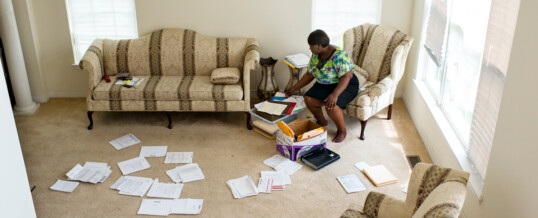


Between 2001 and 2016, however, while black households lagged other races and ethnicities for all family structures, the fall in the homeownership rate for married black households was striking. The homeownership rate for married black households was down 5 percent compared with 3 percent for male- and female-headed single black households.
Married white households fell 1 percent in this period, while the rates for Hispanic and “other” married households increased.
Single black men fell further behind
While the declines in homeownership were similar between single male- and female-headed black households, single white and Hispanic men made larger gains in their homeownership rate than white and Hispanic women. Thus, the drop in the black single male homeownership rate contrasts with that of other races and ethnicities.
What can be done?
Homeownership has historically been the best way to build wealth and remains, for most households, more financially beneficial than renting. Reduced access to this wealth-building tool is a significant problem. Since the financial crisis, qualifying for a mortgage has become difficult for people with anything short of perfect credit, blocking as many as 6.3 million loans between 2009 and 2015 alone.
One of the most important steps to help stabilize and increase the black homeownership rate is to expand credit availability, particularly for Federal Housing Administration lending, which black families turn to for 45 percent of their purchase loans.
In addition, allowing greater use of alternative data in mortgage underwriting decisions, including use of rental payment history, and some utilities would benefit black homebuyers. And we need a more thoughtful approach to recognizing the realities of income variability and a greater focus on consumer education and housing counseling related to building credit and using low– and no–down payment and down payment assistance programs.
These and other actions to increase credit availability could allow creditworthy black and minority families to obtain a mortgage and access homeownership’s wealth-building benefits.
Comfort Boateng sorts through two large boxes of mortgage and financial papers as she talks about her financial situation on August 18, 2014 in Bowie, Maryland. Fairwood is among one of the richest black neighborhoods in America, yet it was among the hardest hit from the financial crisis of 2008, and more than half of the people who bought homes there wound up in foreclosure. Photo by Michel du Cille/The Washington Post via Getty Images.
JUN
2018

About the Author:
Kaye Long, Writer and Publisher